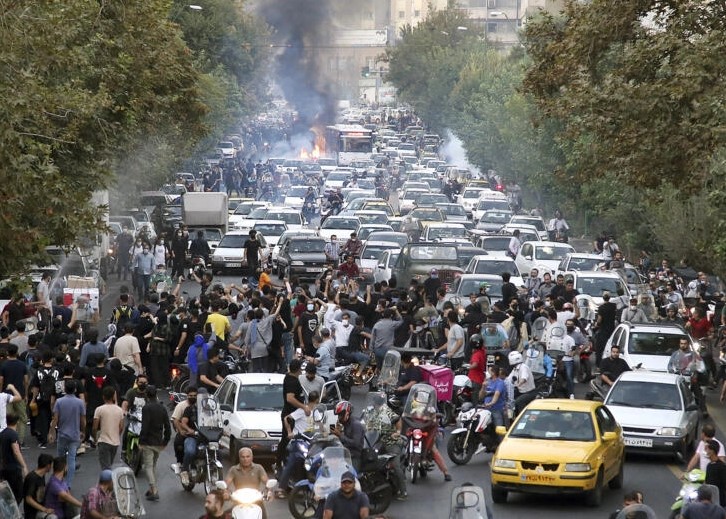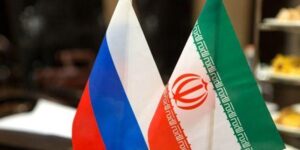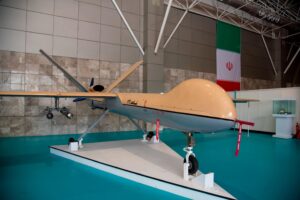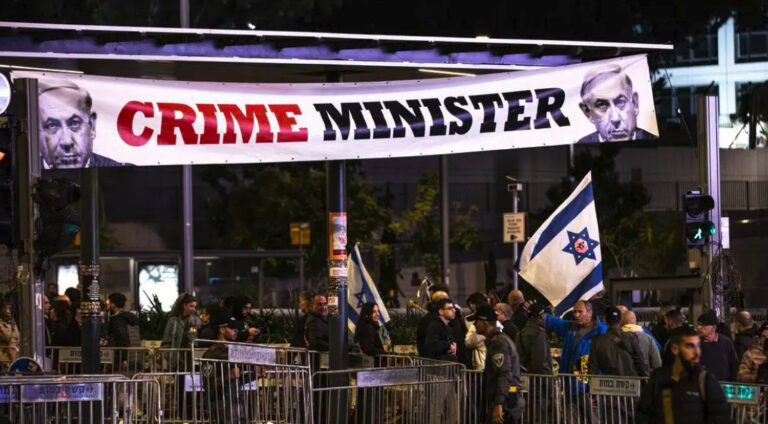
STRATEGIC ASSESSMENT. Since early 2021, the United States, the United Kingdom, and European partners have negotiated with Iran to restore full compliance with the terms of the 2015 multilateral Iran nuclear agreement, also known as the Joint Comprehensive Plan of Action (JCPOA). The Trump administration withdrew the United States from the pact in 2018, reimposing all U.S. secondary sanctions which had been lifted under the agreement. Tehran, predictably, responded to the U.S. pullout by violating the deal’s restrictions on its nuclear program. Assessments indicate that Iran is now within weeks of acquiring sufficient fissile material to successfully produce one nuclear weapon should Tehran choose to do so. Talks between Iran and the six major powers that are parties to the JCPOA nearly reached an agreement at several points during 2022, only to stall as Iranian leaders brought forward additional demands.

As of late October, the prospects for the nuclear talks appear to have evaporated due to Iranian behavior separate and distinct from its nuclear activities. Although the JCPOA focuses only on limiting Iran’s nuclear program, the talks have always been vulnerable to a collapse in the wake of shifting public opinion against Tehran. Support for a revived nuclear deal with Iran has eroded significantly as a result of Iran’s draconian suppression of a women led uprising that began in mid-September. Iran has deployed units of its multiple and overlapping security forces, in many cases using live ammunition, to try to end nationwide protests that were triggered by the death of a young woman of Kurdish origin, Mahsa Amini, while in custody; she had been detained for allegedly violating the mandate that women’s hair be fully covered in public. Human rights groups report that at least 250 protesters have been killed, including 16-year-old Nika Shakarami, and thousands arrested across the country since the uprising began. Concurrent with the protests, Iranian leaders have been actively supporting Russia’s war effort in Ukraine by delivering to Russia hundreds of sophisticated Iranian-made armed drones and short-range ballistic missiles used by Moscow to target civilians and civilian infrastructure in Ukraine. A contingent of Islamic Revolutionary Guard Corps (IRGC) drone operators reportedly have also deployed to Russian-occupied Crimea to help train Russian forces on the Iranian systems.

The foto has taken from CNN
The United States, the United Kingdom, and European governments have reacted to Iran’s actions by shifting to a decidedly harder line toward the Islamic Republic, derailing any prospects of finalizing a revised Iran nuclear agreement in the near future. The policy shift is driven by demonstrations against Iranian repression taking place in Western capitals, as well as the revulsion by elites and political leaders in Western legislatures to Iran’s draconian repression and expanding alignment with Moscow. Acknowledging that Iran’s actions have complicated any U.S. efforts to complete the nuclear agreement with Iran, on October 12, U.S. State Department spokesperson Ned Price said that the Iran nuclear deal is “not our focus right now.” “[Instead,] our focus right now is on shining a spotlight on what [the protesters are] doing and supporting them in the ways we can,” Price added. Yet, senior Western officials have stopped short of suggesting that reviving the 2015 nuclear deal is no longer in their national interest, or that the nuclear negotiations have officially ended.
Beyond downshifting the nuclear negotiations, several states have sought to impose tangible consequences on Tehran. U.S officials hope that the European shift against Tehran will help change Tehran’s policies by convincing Iranian leaders that they risk isolating the country from the entire West. In the past, European leaders have often hesitated to pressure Iran through economic sanctions and have consistently engaged with Iranian leaders even at times of high tensions between Washington and Tehran. In October, the United States imposed additional sanctions on Iranian entities and persons responsible for the crackdown against protesters, and for producing and shipping armed drones to Russia. U.S., U.K., and European Union (EU) officials also have agreed that Iran’s drone sales to Moscow constitute a violation of a UN ban on the transfer to or from Iran of missile-related and drone technology. That ban, provided in Annex B of UN Security Council Resolution 2231, which enshrined the 2015 Iran nuclear agreement in international law, remains in force until October 2023. A ban on conventional arms transfers to or from Iran, provided for by that same Annex, expired in October 2020.
Violations of UN Security Council Resolution 2231 (2015) give EU officials justification to impose additional sanctions on Tehran and thereby align their sanctions more closely with those of Washington. The U.S. and Albania have called for an informal meeting of the UN Security Council on November 2 to direct international focus on the protests in Iran and push for credible, independent investigations into Iranian human rights abuses. Although support from either Russia or China, two of the Permanent Five (P5) members of the Council, remains unlikely, such meetings serve the purpose to highlight key international developments and the various positions of its fifteen members.
There is reportedly support among some U.S. and EU officials to trigger a total “snap back” (re-imposition) of all UN sanctions on Iran – a mechanism provided for in the 2015 JCPOA if any party to the agreement asserts that another party has materially breached the accord. Yet, a “snap-back” would essentially end the nuclear deal entirely, which led EU countries and other Security Council members to derail a 2020 “snap-back” effort by the Trump administration. Currently, the needed threshold level of support for such a move does not yet exist in Washington, let alone in London or EU capitals. At the same time, most experts assess that comprehensive U.S. sanctions have had little effect, if any, on Iranian support for regional armed factions, its human rights practices, its arms and technology development, or its efforts to expand its nuclear program. It is likely that the added Western pressure might not, in the end, bring about the Iranian policy changes that the United States and its partners seek – particularly when veto-wielding Council member Russia stands to materially benefit from Tehran’s continued resistance to Western pressure (TSC).





